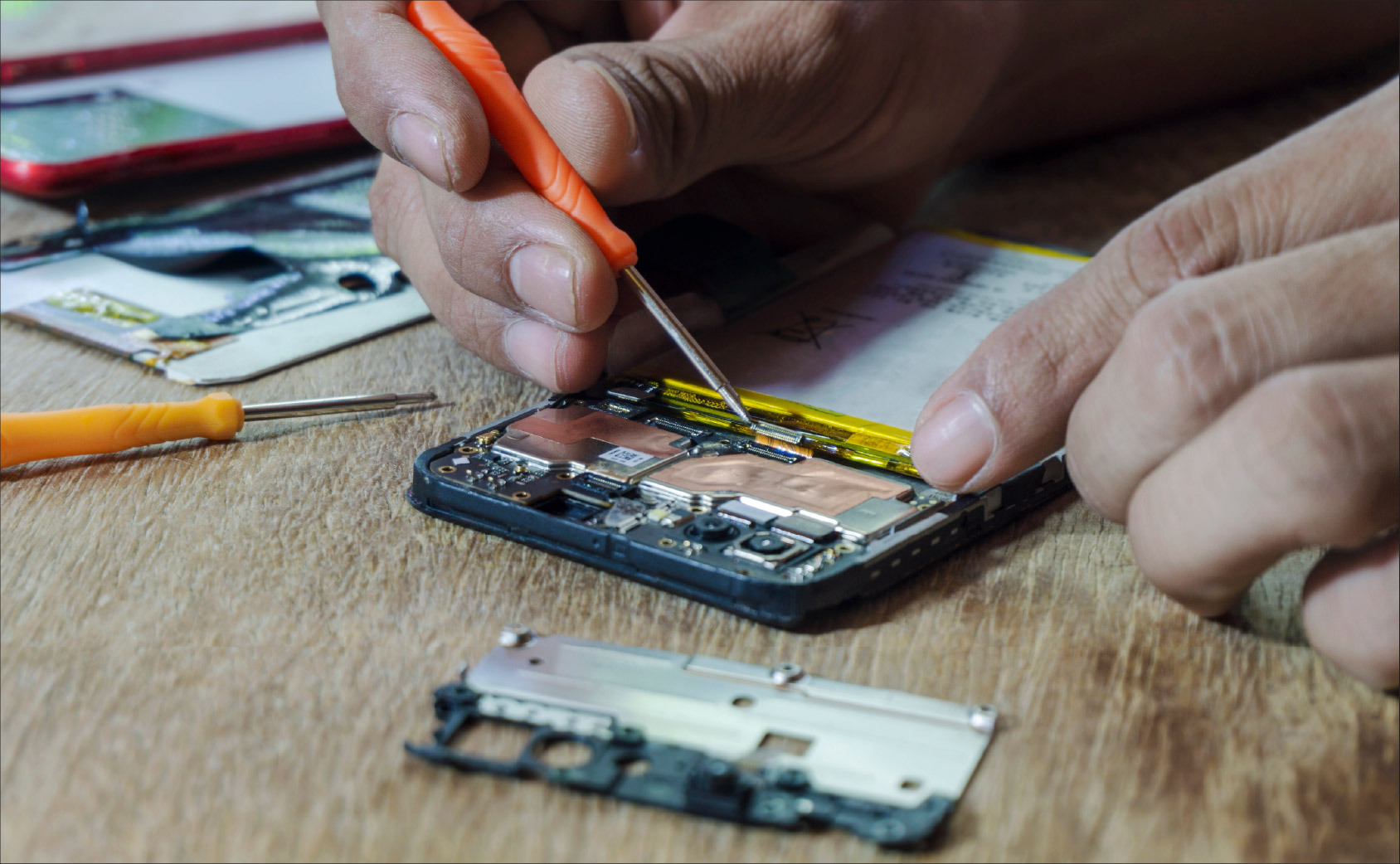U.S. Smartphone Repair Market Trends: Balancing Fixed Pricing and On-Demand Pay-Per-Repair Services

The U.S. smartphone repair market has developed into a highly competitive and dynamic industry, shaped by the increasing adoption of smartphones and a variety of revenue models designed to meet diverse consumer needs and business strategies. A predominant revenue model in this market is fixed-price repairs, which serves as the industry's foundation. Under this model, repair service providers present transparent, set prices for common repairs such as screen replacements, battery swaps, camera repairs, charging port fixes, and software-related issues.
U.S. smartphone repair market was valued at USD 5,036 million in 2024 and is estimated to reach a value of USD 8,373 million by 2030 with a CAGR of 9.1% during the forecast period.
Fixed-price repairs are especially attractive to individual consumers seeking clarity in costs before engaging services. This model thrives in urban and suburban markets, where third-party repair shops like uBreakiFix, CPR Cell Phone Repair, and Cellairis operate at scale, offering competitive pricing and swift turnaround times. Within this context, fixed-price repairs function not only as a revenue source but also as a marketing tool, enabling providers to draw a broad customer base by highlighting affordability, speed, and reliability. The widespread adoption of fixed-price repair offerings has simplified the comparison of service providers for consumers, fostering transparency and enhancing competition in the market.
In addition to fixed-price models, subscription and warranty-based services are gaining significant traction as recurring revenue mechanisms. This model permits consumers to pay a monthly or annual fee for access to repair services covering a set number of incidents or types of coverage. Subscription-based repair services are particularly favored by corporate clients and enterprise device fleets, where the cost of downtime due to malfunctioning smartphones can adversely affect productivity. By offering predictable costs and bundled coverage, companies can ensure prompt repairs for employees’ devices without unexpected expenses.
This model also appeals to tech-savvy individual consumers who frequently upgrade their devices or own high-end smartphones, such as premium iPhones or Samsung Galaxy models, which are expensive to repair.
The subscription model promotes brand loyalty, as customers are incentivized to remain with a specific provider to maximize their plan’s value. Additionally, warranty-backed services, often integrated with insurance or retailer programs, enhance subscription models by extending device protection beyond the manufacturer’s limited coverage. Collectively, subscription and warranty-based revenue streams are anticipated to grow at a faster rate than traditional fixed-price repairs owing to their predictable revenue, higher average transaction value, and strong appeal to business users.
The pay-per-repair model is another significant revenue approach in the U.S. smartphone repair market, particularly suited for customers with older devices or those preferring occasional repairs without long-term commitments. This flexible model is appealing to consumers who may only require one-off services, such as water damage recovery or rare component replacements. Mobile repair services and on-demand platforms, including iCracked and regional providers, utilize this model to connect with customers in both urban and suburban areas, offering doorstep repairs or same-day service. The pay-per-repair approach enables providers to adjust pricing dynamically based on component costs, labor complexity, and urgency, which is critical in a rapidly evolving technological environment where repair requirements can vary significantly. Although this model offers less predictable revenue compared to subscription services, it compensates with higher margins on specialized or emergency repairs while maintaining consumer flexibility.
The integration of these revenue models showcases the adaptability of the U.S. smartphone repair market to changing consumer expectations and technological advancements. Fixed-price repairs prioritize transparency and accessibility, subscription and warranty-based services provide recurring revenue and corporate engagement, while pay-per-repair models cater to users needing occasional service. The coexistence of these models enables service providers to diversify revenue streams and target multiple consumer segments simultaneously. Data from the U.S. market reveals that screen replacements account for approximately 42% of repairs, followed by battery replacements at 18%, with other repairs such as charging ports, cameras, and water damage collectively comprising 40%. These distribution trends directly influence pricing strategies and the viability of various revenue models, as high-volume, low-complexity repairs are best suited for fixed-price or subscription offerings, whereas low-volume, specialized repairs are more appropriately aligned with the pay-per-repair approach.
Furthermore, the U.S. smartphone repair market is being shaped by the expansion of third-party repairs, legislative support from Right to Repair initiatives, and increasing device complexity, all of which further impact revenue models. Third-party providers are increasingly offering hybrid models that combine subscription components, enhancing their competitiveness and service offerings.